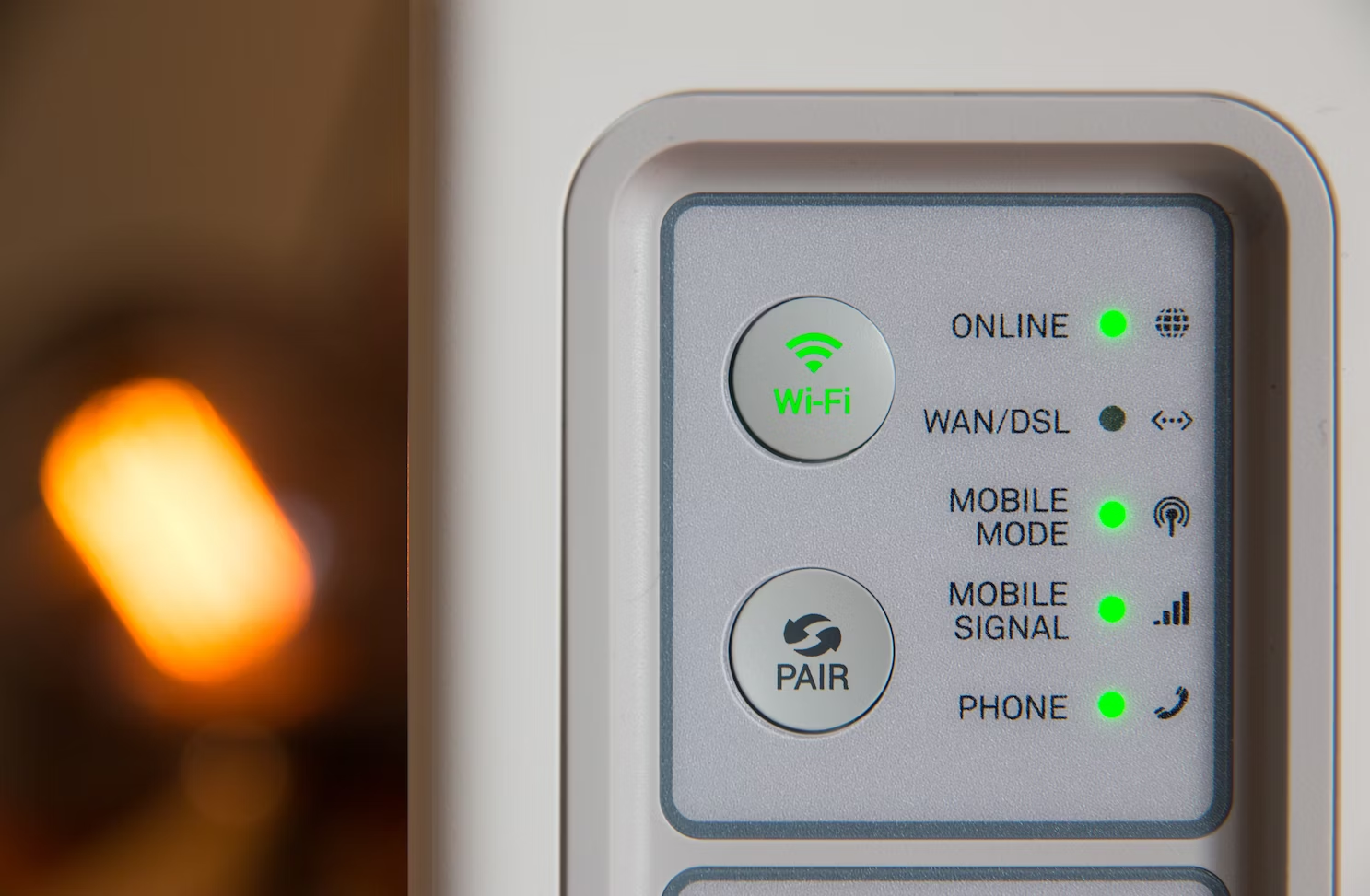In today’s world, internet security is crucial for everyone. Whether you are working remotely or streaming your favorite show on a smart TV, your risk of being attacked is much higher than before. This also means that you have to install protective software on various devices, which can be a hassle. However, you can simplify your virtual private network (VPN) concerns. This way, you don’t have to install antivirus software on each device separately. However, installing and configuring a VPN on a router raises a lot of questions, which we will help you figure out.
What are the advantages of a VPN for a router?
Say goodbye to signing in every time you want to access your VPN through a downloadable or browser-based service. A VPN tethered to your router runs continuously, eliminating the need for constant logging in.
Better yet, you can connect multiple devices without the hassle of manually logging in each time. By setting up your VPN on your router, you only have to log in once for each device, making it as easy as using a traditional Wi-Fi network.
Get enhanced security for all your devices with a VPN. Connect your router’s Wi-Fi to enjoy the benefits of private browsing on multiple devices at once – like your laptop, smartphone, and smart TV. The only downside may be slower bandwidth, but this varies based on your VPN provider and connection speed. Ready to buy a VPN router? Here’s what to look for.
Does your router support VPN?
Connecting to VPN services through OpenVPN or PPTP is only available on select routers and may require complex configuration. However, some pricier routers provide this feature, making them suitable for both home and small business use. Additionally, some VPN providers offer their own router firmware with pre-installed VPN clients, though compatibility with a specific router model may be necessary. Although new hardware might not be necessary, upgrading to a compatible router can make all the difference.
If you’re looking for VPN support on your router but it’s not natively available, fear not! There are alternative firmware options that can be installed. DD-WRT and Tomato are popular choices, with DD-WRT being the more mature and versatile option. You can check if your router is supported on their website.
Another option is to repurpose an old x86 computer into a router by adding an extra network port and installing DD-WRT on it. It may take some extra effort, but the end result is a highly customizable and capable router.
Installing DD-WRT firmware on your compatible router is a great way to enhance your networking capabilities. However, if things go wrong, you could void your warranty or even render your router useless. To avoid this, ensure you install DD-WRT on a supported router that has been supported for a while. This makes firmware installation smoother and avoids any kinks. Additionally, find a support forum with experienced users who are familiar with your router and DD-WRT.
How to install VPN on router?
You should consider whether you need a VPN for your router or if you can get by with other software. For example, you can simply download the free extension for your Google Chrome and all connections in it will be protected. If the VPN extension protects only the browser, then the VPN on the router – all devices that are connected to it. Each method has its own advantages and disadvantages that you should be aware of and accept when using any type of VPN software.
#1 Firmware search
Choose between popular options like DD-WRT and Tomato to find the perfect fit for your needs. Check if your router is compatible with DD-WRT using our helpful link, and easily download the firmware for your specific model. While Tomato may have a variety of forks available, a simple Google search of your router’s name and Tomato can help you determine if it’s a suitable option for you. Upgrade your router today for improved performance and security!
#2 Connect your router
Get your router up and running with ease. For most models, you’ll need two routers and an internet connection. Here’s how to set it up:
first, configure your primary router to enable VPN passthrough. This lets devices on your network run VPN client software.
Next, connect your primary and secondary routers. Connect your primary router to your computer using an Ethernet cable, and plug another cable into the LAN port on your primary router, connecting it to the WAN port on your secondary VPN router.

#3 Setting up VPN on a router
Before installing your VPN client, ensure that your router is connected to both the Internet and your local area network. After this step, customize advanced network settings like Quality of Service or access controls.
To set up your VPN on DD-WRT, navigate to the VPN tab under Services and enable the Open VPN Client. Note that specific instructions for your VPN provider will vary and require unique settings. Usually, you only need to enter your ISP details and everything will work. There is also a chance that VPN for router will be installed differently depending on your device model. However, VeePN has instructions for popular device models.
Conclusion
Upgrade to a VPN router for the ultimate secure browsing experience. While free browser VPNs may be convenient, they lack the level of privacy you deserve. The initial cost may seem daunting, but the peace of mind is worth it.
Setting up a VPN router can be challenging, but the internet is your greatest resource. Follow the step-by-step instructions based on the router and VPN provider you choose, and your private network will be up and running in no time. Stay safe and secure online with a VPN router.



